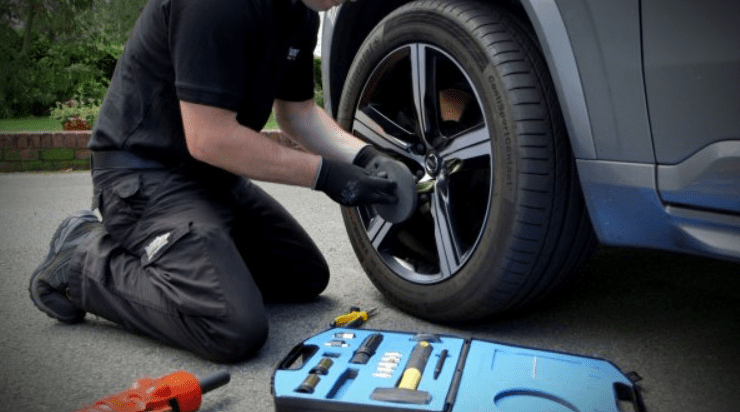When dealing with emergencies like potholes, curbs, or blowouts, having the right kind of tire and understanding the steps to take can make all the difference in getting you back on the road safely. Let’s break down each situation and how emergency tires (or related tools) can help.
1. Emergency Tires for Pothole Damage
Potholes can cause significant damage to tires, especially if they are deep or sharp-edged. A tire may suffer from:
- Punctures
- Sidewall damage
- Blowouts
What to Do:
- Temporary Fix:
- Sealant Kits: Some people use tire sealant kits or tire repair sprays for emergency fixes. These can temporarily seal a puncture, allowing you to drive to a repair shop. However, this solution is not permanent and should be used only for short-term fixes.
- Spare Tire: If your car has a spare tire (whether a full-size or compact “donut”), this is often the quickest solution. Keep your spare tire properly inflated and check it regularly.
- Run-Flat Tires: Some cars are equipped with run-flat tires, which can continue to support the weight of the vehicle even after a puncture, allowing you to drive for some distance (usually up to 50 miles) at reduced speeds. These tires are a great option for emergency situations involving potholes.
- Sealant Kits: Some people use tire sealant kits or tire repair sprays for emergency fixes. These can temporarily seal a puncture, allowing you to drive to a repair shop. However, this solution is not permanent and should be used only for short-term fixes.
- Prevention:
- Tire Protection: Some modern tires are designed with added protection against road hazards, including potholes.
- Puncture-resistant tires or tires with tougher sidewalls (like those with Kevlar or other protective layers) are a good choice if you frequently drive on roads with potholes.
- Tire Protection: Some modern tires are designed with added protection against road hazards, including potholes.






